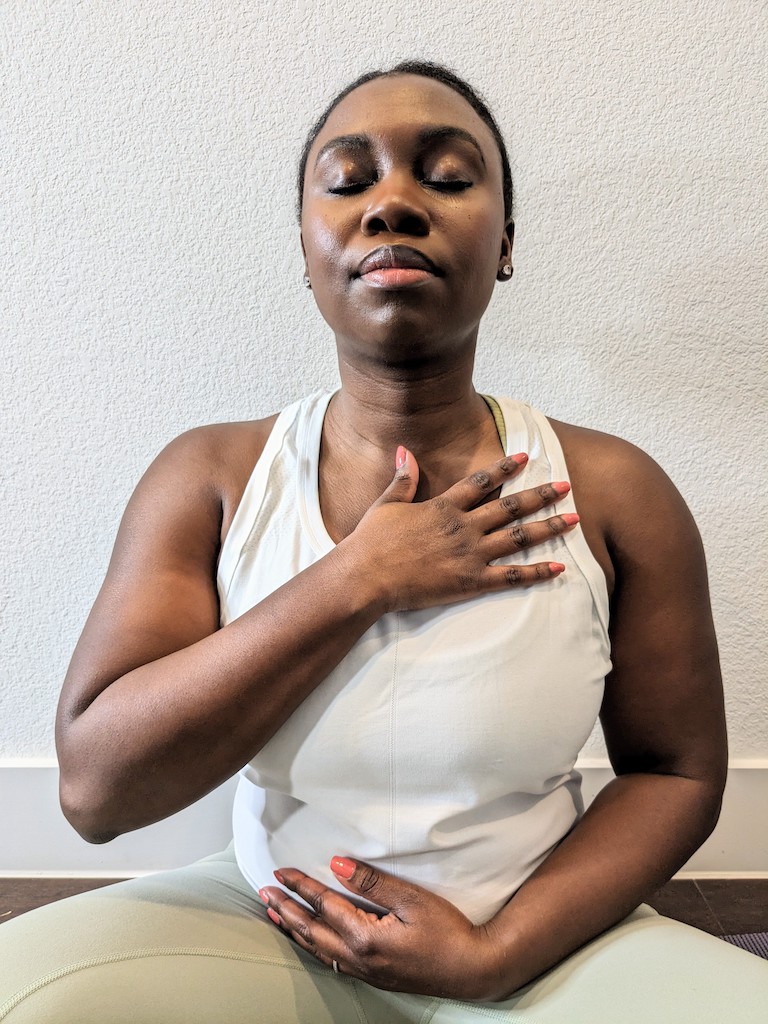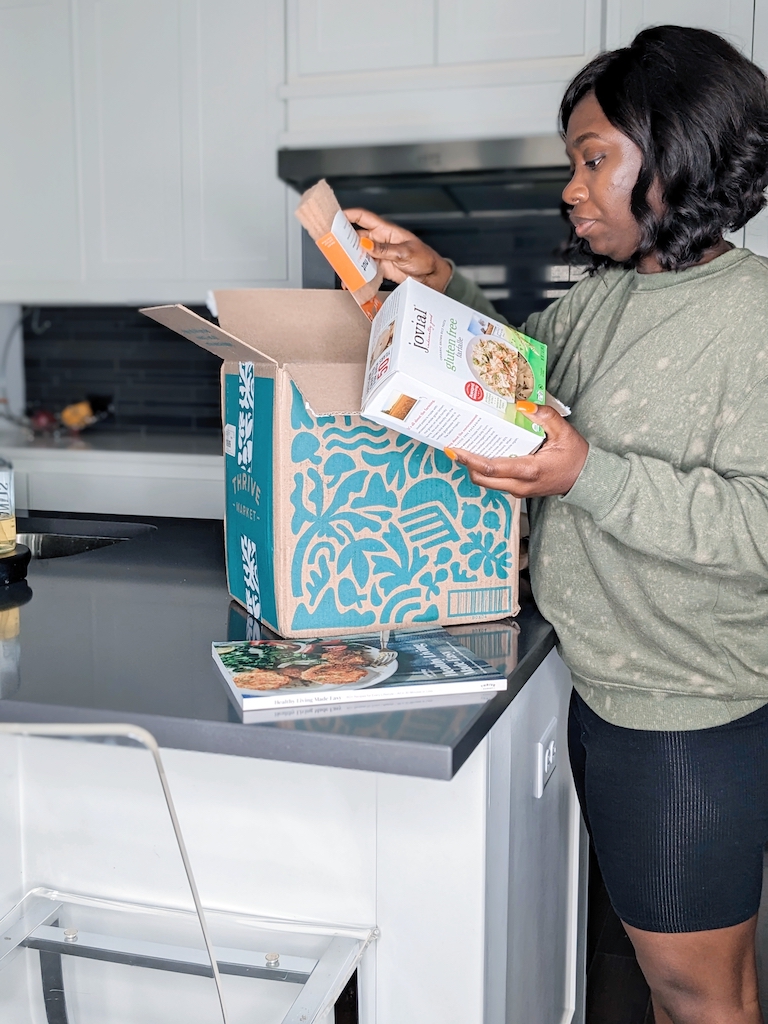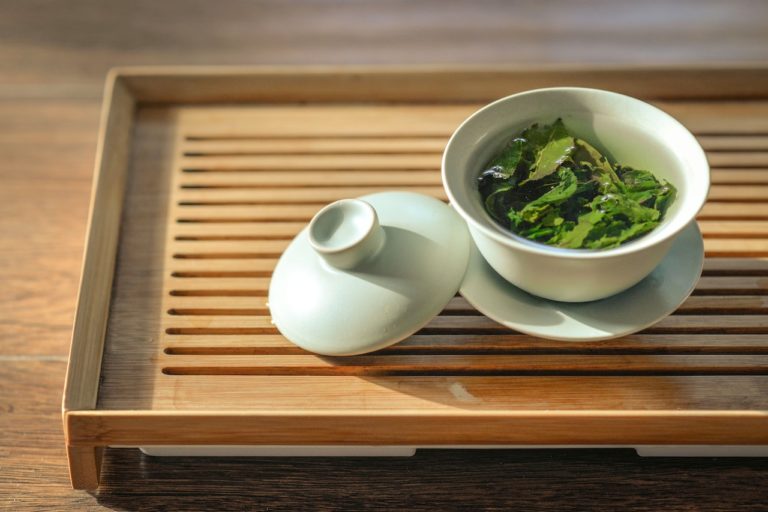4 Types of Fibroids: Explained!
Maybe you’re recently diagnosed with uterine fibroids or are some time out from a diagnosis. But it’s likely your doctor simply told you that you have fibroids and explained the type of fibroids you may have.
While this information might not seem critical, it’s helpful to know.
What are fibroids?

Uterine leiomyomas, often referred to as fibroids, are non-cancerous tumors found in or around the uterus. These growths form in the smooth muscle and connective tissue and vary in size. They can be as small as a walnut to the size of a watermelon (I know, scary).
What causes fibroids?

There’s still a lot of mystery about the precise cause of fibroids. And there are quite a few theories about what causes them depending on who you ask.
Most medical professionals believe these growths form as a result of estrogen dominance. Some believe they are the result of certain vitamin and mineral deficiencies.
While more holistic practitioners believe that fibroids form as a result of unhealed emotional trauma. Or even a combination of deficiencies in nutrition and emotional health.
Regardless of the exact cause, one thing’s for certain: Managing and eliminating fibroids requires you to take control of your health. And one way to do that is to have as much information about your condition as possible.
4 Types of Fibroids
Although fibroids are common. It’s pretty uncommon for those diagnosed to know the type of fibroids they have.
Knowing the type of fibroids you have can help you make sense of certain symptoms you may be experiencing. It can also help you determine the immediate action to take in your healing journey.
Subserosal Fibroids
These are the most commonly found type of fibroid. They tend to grow on the outside of the uterus. And if they’re smaller, you may not have any symptoms at all.
However, if you’re experiencing pressure or pain, these are likely the culprit because they tend to press on the pelvic area and nearby organs when they grow larger. Larger subserosal fibroids may also cause heavy bleeding.
Intramural Fibroids
Intramural fibroids have similar symptoms to subserosal fibroids. The big difference is that these grow within the uterus wall are more commonly linked to miscarriages and infertility.
Submucosal Fibroids
Submucosal fibroids tend to be the most symptomatic, regardless of the size. This is likely because they protrude into the uterine cavity. These are also more likely to cause infertility and miscarriages.
Pedunculated Fibroids
Technically these aren’t a different type of fibroid. Pedunculated fibroids can be subserosal or submucosal, but they present on a stalk.
Penduculated submucosal fibroids tend to be more symptomatic and are linked to infertility. But if they’re subserosal, they usually don’t cause as many symptoms.
Another thing to note about pedunculated fibroids is that if they can be very painful if the stalk is impacted or degenerates.
My Experience: From Diagnosis to Now

I was pregnant at my diagnosis so it was very difficult to get a full view of all the fibroids. And boy, were there a lot of them.
However, I eventually discovered that most of them were subserosal and submucosal, which explains the pain, pressure, and heavy bleeding I experienced before becoming pregnant. At one point, I could even feel the growths outside my stomach.
Fortunately, I’ve been able to create a lifestyle that has virtually eliminated fibroid symptoms from all types of fibroids. I now experience shorter, lighter periods with no pain. I know this because I keep a close eye on my cycle thanks to this period tracker. And have even been able to reduce the size and number of fibroids I have.
The next time you head to the doctor’s office for your annual visit or next sonogram, be sure to include the types of fibroids on your list of questions to ask your doctor. This can help you understand your symptoms, plan for potential fertility challenges and plan your next steps for treatment. Remember, the more information you learn about your body; the easier it is to make informed decisions regarding your health.






